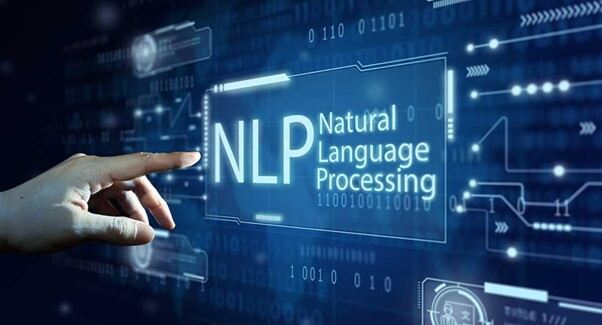Text to Speech and Storytelling: Bringing Narratives to Life
Explore how Text To Speech (TTS) transforms storytelling by turning written words into immersive spoken narratives, and delve into its evolving role in enhancing our reading experiences.

In today’s era, technology is continuously transforming how we consume and interact with content. Among the advancements that have left an impact, there is a tool called text to speech (TTS) technology. TTS has the ability to bring narratives to life by converting written words into spoken words. This innovative approach has the potential to revolutionize storytelling, offering a level of immersion and experience for audiences. In this article, we will explore the advantages and applications of TTS in storytelling, exploring how it has evolved to enrich our reading experiences.

Enhancing Accessibility
Incorporating text to speech realistic voice technology into storytelling brings many benefits, particularly when it comes to accessibility. People with impairments or learning disabilities often face challenges accessing print or digital media that rely on visual elements. However, TTS overcomes these obstacles by transforming written content into audio language, enabling individuals with limitations to listen and engage with stories more easily. Moreover, TTS can be tailored according to user preferences, such as voice speed, pitch, and language choice—ensuring inclusivity for all.
Engaging Audiences
Reading aloud has always been a way to captivate an audience.
It breathes life into characters, stirs emotions, and establishes a connection between the storyteller and the audience. Text to speech (TTS) technology takes this idea to the next level, offering a dynamic and immersive experience. With its natural-sounding voices, TTS has the power to captivate listeners, keeping them engaged and interested throughout the story. By adjusting the tone, pitch, and speed of speech, TTS can create an atmosphere that highlights key moments and evokes a wide range of emotions.
Empowering Content Creators
TTS technology has opened up many opportunities for creators and producers of content. With TTS, authors can explore storytelling formats like narratives or dynamic dialogues between characters. By incorporating TTS into their work, creators can reach an audience while adding a layer of richness to their stories. The use of TTS-generated dialogue brings characters to life with different voices and personalities. Additionally, TTS can also be utilized for proofreading and editing purposes as it helps authors identify errors and enhance the flow and readability of their work.
Personalizing the Experience
TTS technology offers customization options that allow users to personalize their reading experience according to their preferences. Listeners have access to voices with different characteristics from which they can choose.
They also have the option to adjust the reading speed, pause or replay sections, or skip to chapters, giving them control over their interaction with the story. Moreover, TTS technology enables capabilities, making it easier for users to listen to stories in their language or even learn a new language through immersive experiences.

Overcoming Language Barriers
As our digital world becomes more globalized, stories and content are shared across countries and languages. TTS technology plays a role in bridging these gaps by providing translations and real-time language conversions. It gives native speakers the chance to access and enjoy stories in a language they are comfortable with. By expanding access beyond limitations, TTS promotes exchange and inclusivity.

Enhancing Education
TTS technology offers benefits for both students and teachers alike. For students who struggle with reading, TTS can provide support by reading text aloud and helping them understand the content effectively. It can also assist in acquisition and pronunciation, enabling learners to improve their language skills through interactive methods. Additionally, TTS adds an interactive element to study materials, making learning a more enjoyable and memorable experience for students.
Teachers have the ability to utilize TTS technology in order to produce audiobooks, podcasts, or interactive lessons, which can create an engaging learning experience.
Conclusion
Text to speech technology has revolutionized storytelling by making it more accessible and captivating for audiences. It also empowers creators to customize the experience and break down language barriers, ultimately enhancing education. As this technology continues to advance, we can anticipate innovative applications and improvements in how narratives come alive. Whether it’s for entertainment, education, or inclusivity purposes, TTS opens up a thrilling chapter in the evolution of storytelling. So sit back, relax, and let the magic of TTS transport you to exciting worlds.

